Latest Posts
All you need to know about USB drives in 3 mins
Recently, many friends asked me questions about the USB interface. Many of them have very serious misunderstandings.
For example: They think USB3.2 must be better than USB 3.1, and USB 3.1 must be better than USB 3.0, or USB Type-C interface must be faster than USB Type-A interface.
Speaking of which, the USB cables and interfaces are almost our most commonly seen things. We deal with them every day, but there are still many friends who do not understand its basic concepts. Today I will try to make this clear for you as quickly as possible.
The first thing to understand is the USB protocol standard: many friends know that USB has standards such as 2.0, 3.0, and 3.1.
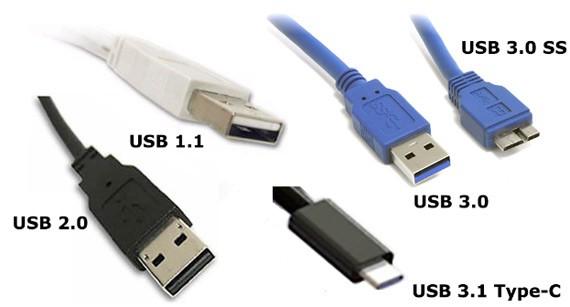
The organization that developed this standard is called USB-IF. But it has been scolded badly in these two years, because it has made the USB standard too confusing.
For example, Wi-Fi’s naming convention has been simplified from the 802.11n, 802.11ac, 802.11ax to Wi-Fi 4, Wi-Fi 5, Wi-Fi 6, easy to understand, everyone is happy.
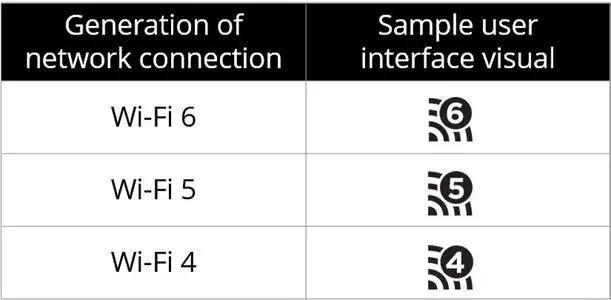
But the standard naming of USB is more and more confusing. In 2000, the USB 2.0 standard was born. In 2008, USB 3.0 was officially released. The transmission rate of the interface was greatly increased from 480Mbps to 5Gbps, which is a qualitative leap.
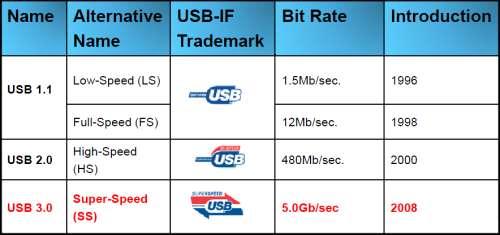
So, most friends know that copying files with USB 2.0 is a very painful thing. The actual speed is generally only about 30M per second, and the actual speed of USB 3.0 can easily over a trillion.
In 2013, USB 3.1 was released, and the interface speed doubled that of USB 3.0, reaching 10Gbps.
This is when USB-IF organization started to mess around. It renamed the USB standard. USB 3.0 was renamed as USB 3.1 Gen 1 (first-generation USB 3.1), and the newly released USB 3.1 standard was renamed USB 3.1 Gen 2 (second-generation USB 3.1).
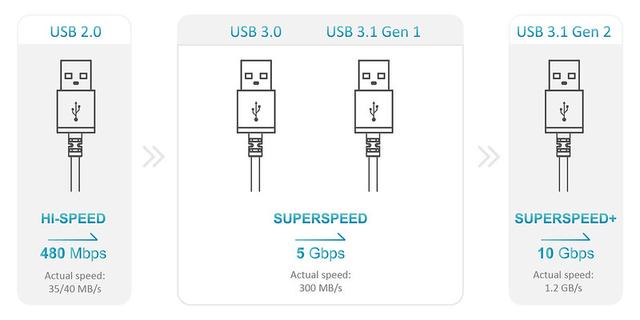
In other words, in the new naming standard, there is no such thing as USB 3.0. This caused the first wave of chaos. For example, a Taobao seller will tell you that my USB 3.1 interface is definitely faster than the USB 3.0! It definitely should be more expensive!
At this time, if we pay for it, it means that we are paying IQ tax.
Now we know that USB 3.0 and USB 3.1 Gen 1 are exactly the same, only with different names. At present, most of the interfaces on the market claiming to be USB 3.1 are actually USB 3.0 in the past.
There are real faster USB 3.1 Gen 2 available ion the market as well, how can we distinguish?
The easiest way is to look at the color: If the USB socket is black or white, it is USB 2.0, the slowest kind.
If it is blue, it is USB 3.0 or USB 3.1 Gen 1, which is currently the most common one on the market. The fastest USB 3.1 Gen 2 generally have red interface.

When we finally feel that we have remembered the USB naming standard. In 2017, the USB 3.2 standard was born, and the maximum speed was increased to 20Gbps, which was double that of USB 3.1 Gen 2.
Then, The USB-IF messed around again. According to the latest naming standard, USB 3.0 and USB 3.1 have completely disappeared in the history, and they have been unified into the USB 3.2 sequence.
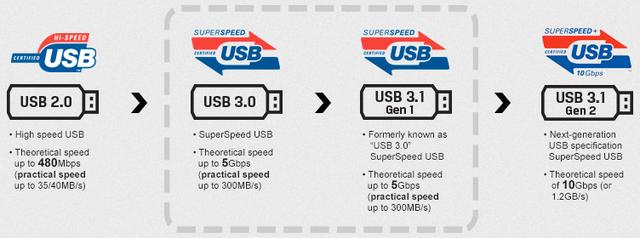
Therefore, USB 3.0 and USB 3.1 Gen 1 with an interface rate of 5Gbps were renamed to USB 3.2 Gen 1;
USB 3.1 Gen 2 with an interface rate of 10Gbps was renamed to USB 3.2 Gen 2;
The newly released USB 3.2 with the fastest interface rate of 20Gbps is called USB 3.2 Gen 2×2.
Are you already dizzy?
If you are not dizzy and can still stay awake, then you will know the USB 3.0, USB 3.1, and USB 3.2 that we are now seeing on the market are very likely to be the same thing at all. So don’t be fooled.
With such frequent name changes, the most worrying party is not the consumers, but the manufacturers. USB-IF cann change names suddenly, but the names were marked on the product, how can manufacturers change it?
Therefore, on the latest computer motherboards, the USB interface generally does not write USB x.x, because it is too messy. They simply switch to market naming standards, which are SuperSpeed (SS), SS 5Gbps and SS 10Gbps.
It is clear that SS is the slowest USB 2.0, SS 5G stands for Gen 1, and 10G stands for Gen 2. And that 20Gbps Gen 2×2 may not be seen in a short time.
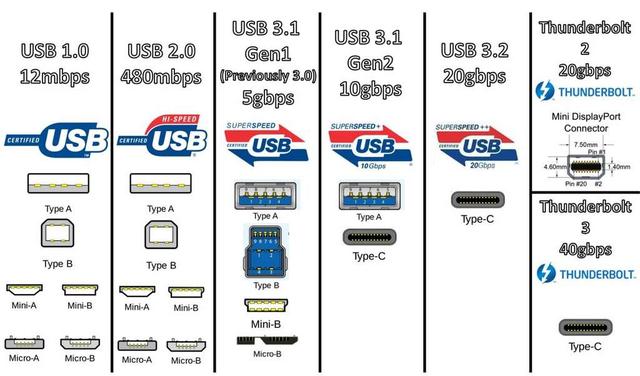
In the future, in order to facilitate communication and accuracy, we can also use USB 2.0, USB 5G, USB 10G to communicate as much as possible, in order to avoid confusion.
Generally speaking, it is the most intuitive to judge by color.
Black and white USBs are the slowest, and they can be used to connect devices such as mouse and keyboard that do not require transmission speed.
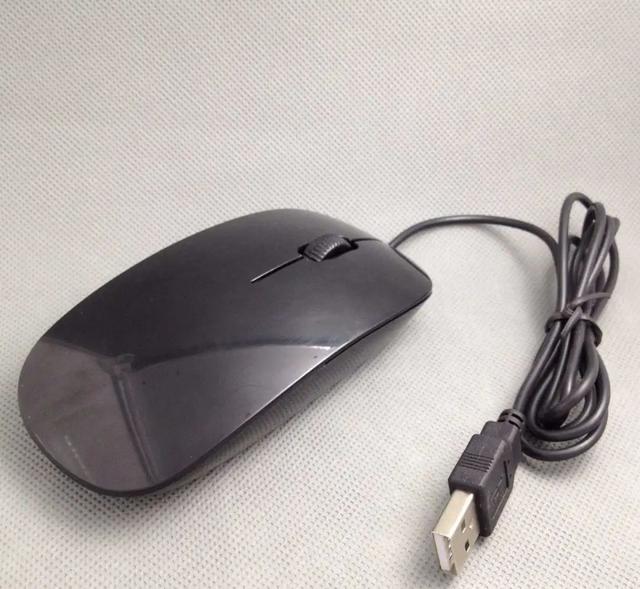
Blue USB is faster, you can use them to connect U disk or mobile hard disk.
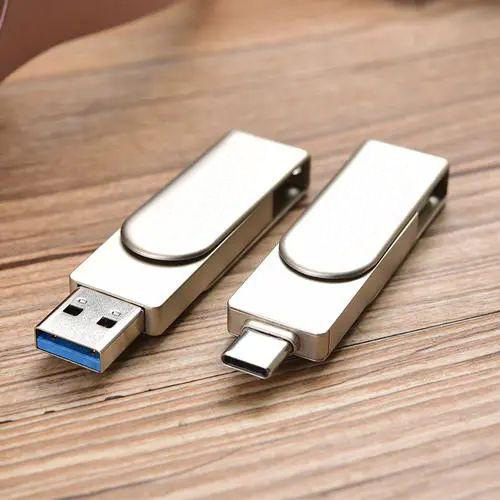
The red USBs are the fastest, they are used to connect external SSDs to play the most effect.
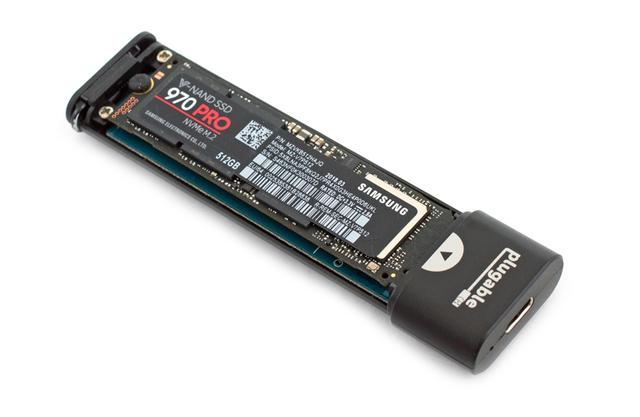
Then the question pops again: Unlike the USB Type-A interface, the USB Type-C interface, we can’t see the color, so how could we distinguish its rate?
The answer is that, apart from the rate values given by the merchants and our actual tests, there is really no way to distinguish them quickly.
What we need to know here is that USB Type-C refers to an interface shape, which is different from the standard rate we just mentioned.
The USB Type-C interface can be either the 10G standard or the USB 2.0 standard, so it really cannot be said that Type-C is necessarily faster than Type-A. It just provides a more compact interface form, and a more convenient way to connect both positive and negative way.
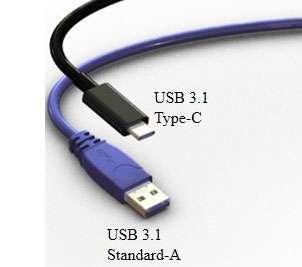
Finally, I need to remind you that if you want to achieve the fastest transmission efficiency between two devices, the device A, cable, and device B you use all need to meet the USB 10G standard at the same time, otherwise the transmission rate will be limited by the slowest one.
In addition, it should be reminded that the current high-speed transmission line that complies with the USB 10G standard, whether it is Type-C or Type-A, generally does not exceed 1 meter in length. Exceeding this length cannot guarantee the fastest transmission rate.
Just like Apple’s 40Gbps Thunderbolt 3 data cable, in order to ensure speed, the longest will not exceed 0.5 meters.
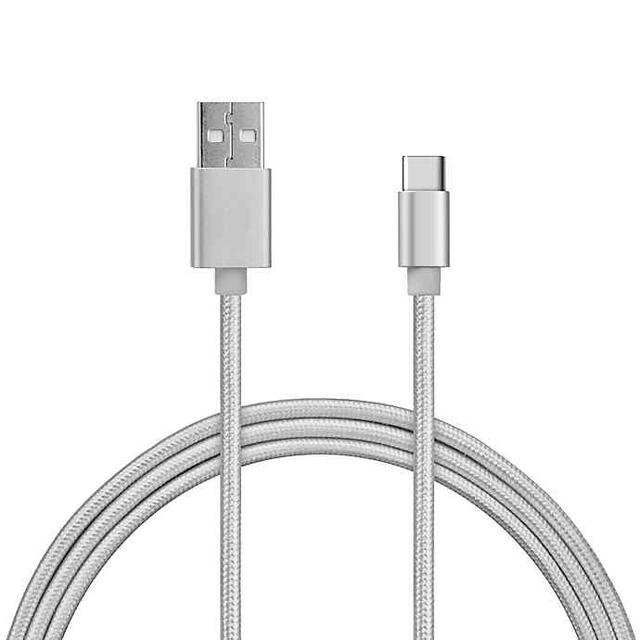
If the wire is four or five meters long, and the merchant guarantees a faster speed for higher price, then…you now know what to do.
After looking at the time, it is longer than 3 minutes. Thank you for listening. For more technical information, welcome to search for the hugdiy.com . I am Leo Brandon, see you next time.











Leave a comment